
- 1 AURE CT , 2 ND FLOOR EAST BRUNSWICK , NEW JERSEY, 08816-0881
At Global Business & Finance Magazine, we believe in recognizing and promoting excellence within the field of business and finance. That is why we have established the Global Business & Finance Magazine Awards program. The program aims to recognize and honour individuals, companies and organizations that have made outstanding contributions to the field of business and finance.
We invite applications from companies, organizations and individuals who have made significant contributions to the field of business and finance.


The selection process is strictly merit-based, ensuring that the awards are conferred upon individuals, companies, and organizations that have demonstrated exceptional contributions and impact within the business and finance sectors. Recipients of these prestigious accolades will not only be honored with the award but will also enjoy additional benefits including a feature in our distinguished magazine, promotional exposure across our social media platforms, and a complimentary subscription to our publication.
We are dedicated to fostering excellence and acknowledging the significant achievements within the realm of business and finance. We eagerly anticipate your application and the opportunity to celebrate the remarkable accomplishments within the industry.
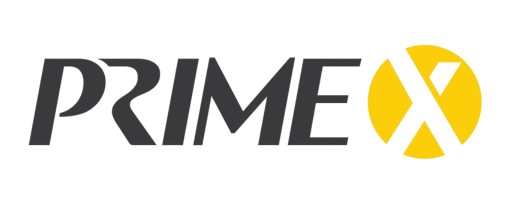
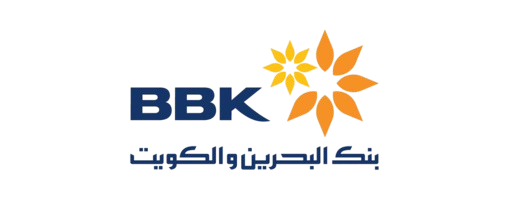
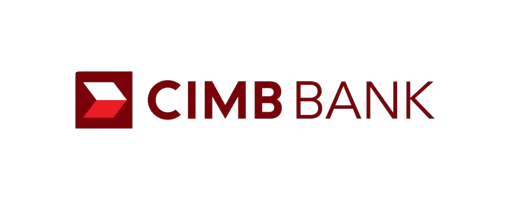






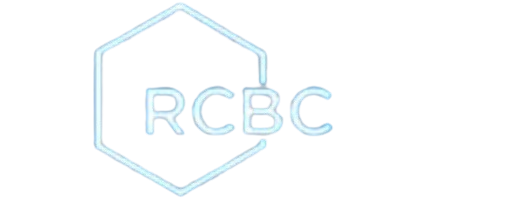


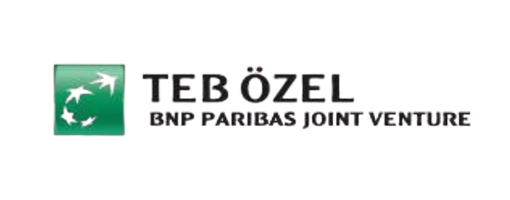

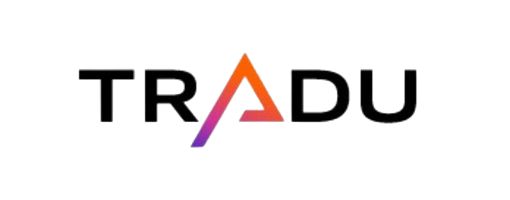

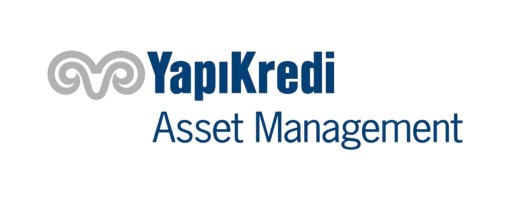
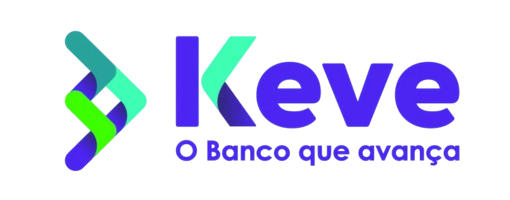




Copyright © 2025 Global Business & Finance Magazine. All Rights Reserved.